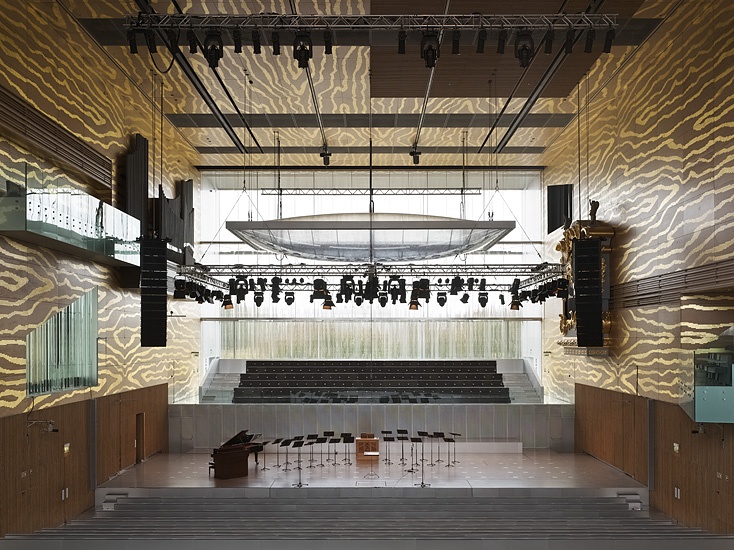
It comes pouring in from behind the podium on which the orchestra will sit, and streaming down from the wall behind the audience. As a result its 1,300-seat auditorium is suffused with daylight. It is the only concert hall in the world with two walls made entirely of glass. But the Casa da Musica is nevertheless a ruthlessly inventive building. Koolhaas may like to claim that he does not to want to invent more than he has to. And unlike the Sage, the acoustician's job was to make the architecture of the auditorium work as well as he could, rather than to build a music-making machine. The white concrete is a deliberate reflection of the shades of cloud that the brilliant Porto architect Alvaro Siza uses for his buildings in the city. It faces a big civic space, surrounded on three sides by a mix of buildings, ranging from the banal to the ramshackle and the stately.įor once in his career, Koolhaas has responded to context. The Casa da Musica is a remarkably compact, angular, white concrete mushroom that explodes every preconception of what a concert hall should be, and how it should look. And it handed over the architecture of the auditoria to the priesthood of acousticians. Sage tries to camouflage its shoe boxes under a spectacular shell roof spreading across the banks of the Tyne. He could be talking about Norman Foster's recently opened Sage Centre in Gateshead, a complex of halls with ambitions for an accessible mix of music genres that are very similar to Porto's, but which has taken an utterly different architectural approach. And we have seen a lot of architects trying to make shoe boxes interesting, or to design interesting shoe boxes. He has contempt for the obvious and for architects who try too hard to be 'interesting', or 'inventive': 'The ideal acoustic form for a concert hall is a shoe box. Koolhaas's comment is not quite as profound as it sounds at first hearing, but is a sharp elbow in the ribs for those of his peers still unliberated and uncool enough to want to design their own sofas. The remark is typical of Koolhaas, an architect who made his reputation by writing books rather than building, then went on to design a surreal range of projects that included turning a branch of the Guggenheim museum in New York into a store for Prada, and at the same time converting a casino lobby in Las Vegas into another branch of the Guggenheim. And Koolhaas chose to have them made up from the original drawings especially for use in his building because, as he put it: 'It liberated us from the need to imagine more than was necessary.' They were designed by an obscure Portuguese architect in the Seventies.

They seem to belong to another time and place, translated through a wormhole in the space-time continuum direct from the disco era into Rem Koolhaas's soaring concrete structure. Halfway up the razor-sharp cascade of aluminium steps that forms a spectacular approach to the main auditorium of Porto's new concert hall, the Casa da Musica, is a curious pair of red crushed-velvet armchairs.


 0 kommentar(er)
0 kommentar(er)
